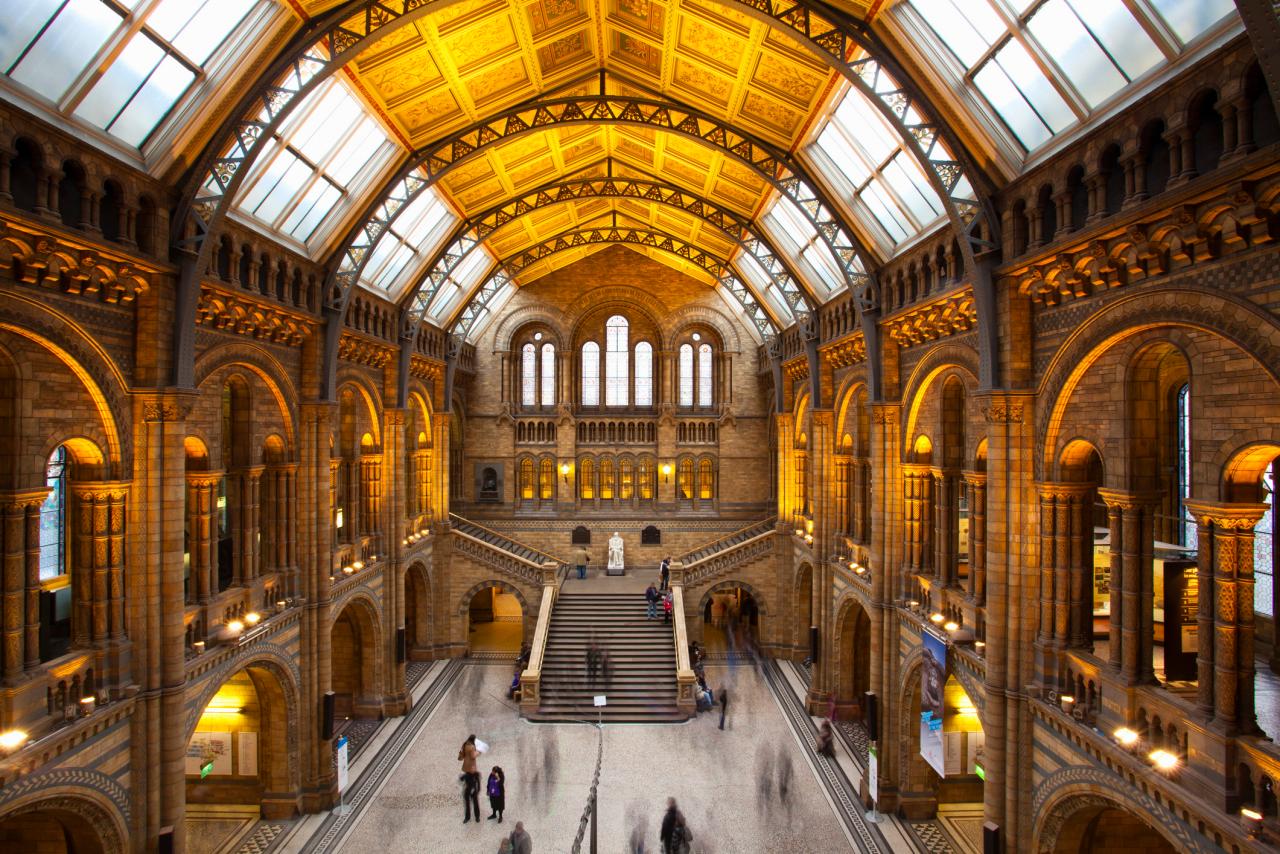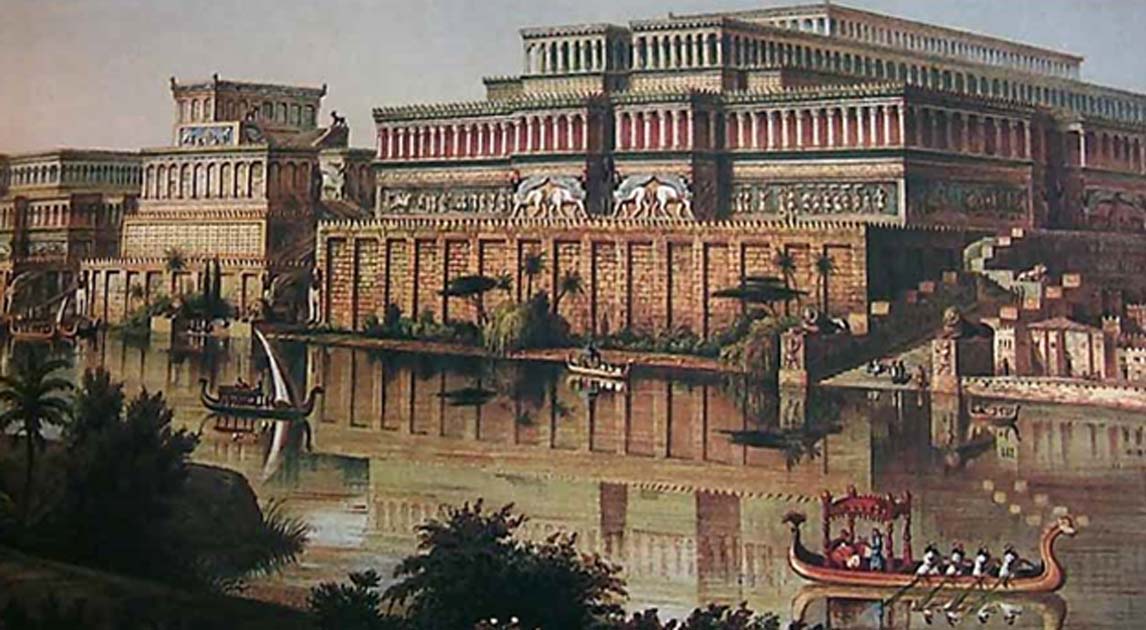How do archives function as repositories of knowledge?
Archives are fundamental to humans’ culture as a connection to past, present and future. As philosopher George Santayana said, “Those who cannot remember the past are condemned to repeat it!” They are repositories of knowledge historic documents and photographs which are stored in archives are, themselves, knowledge.

In the modern day, pretty much everyone has an archive available to them in the form of a phone. These phones have made photography incredibly accessible for the ordinary person. By doing this, photographs have become less permanent and significant in contrast to photos from 100 years ago when barely any were taken, and they were treated as irreplaceable and treasured by those who kept them. In the digital age photos are just not seen as important, and often are not kept very long, deleted soon after being taken. In an era of cancel culture, social media has become an archive filled with images and messages that could, with a little digging, make or break a person’s career. The Société Jersiaise, founded in 1873 is a learned society with a focus on archaeology, providing efforts to preserve the islands heritage and identity. Their archives contain over 125,000 photographic images ranging as far back as the beginning of modern photographic history in the 1840s. In recent years, the group has led the excavation of early human and mammoth remains at la Cotte de st brelade which has allowed a greater understanding of the islands geographical past as well as its previous proximity to France 250,000 years ago. This archive is beneficial to the islands cultural heritage as the archive holds many jèrriais language documents, a language that is quickly becoming extinct. It could be argued that the elitist nature of membership only clubs such as The Société Jersiaise inhibit the sharing of knowledge and disregard the working class as the cost of membership to the club for an ordinary applicant is an annual fee of £60 which many everyday people cannot afford. In comparison the British government in a move to increase education made virtually all museum entry free, relying on donations and merchandise sales but mainly their government funding to stay active. This instance illustrates the detriment of privatisation of educative resources.

The oldest physical archive in human history is the Library of Ashurbanipal which was built in the 7th century BC and contains over 30,000 clay tablets, which includes the Epic of Gilgamesh, a historically significant poem from ancient Mesopotamia which is regarded as the earliest surviving notable literature and later influenced Homer’s own epics. Both the library and poem help to educate contemporary society, as The Epic of Gilgamesh is though to prove the great flood recorded in the book of Genesis. The oldest artefact discovered are the Lomekwi stone tools from Kenya which are 3.3 million years old and teach us the culture and lifestyle of our early ancestors.

Time capsules have been a means for depositing knowledge to share with the future for hundreds of years, being some of the most basic and rudimentary archives, available to all sorts of people. In 1977 Voyager 1 was sent on a never-ending mission to outer space with an phonographic record dubbed the ‘Golden Record’ which was inscription with diagrams to help extra-terrestrial lifeforms decipher it. The record contains a range of images, music, sounds and greetings to educate space farers about the humble human. Another example of time capsules and their use as archives is the Crypt of Civilisation which was built between 1937-40. The Crypt contains seeds, a typewriter and children’s toys as well as a toy gollywog among other objects to act as a microcosm for the 20th century. The brains behind the project were university founder Thornwell Jacobs who was inspired by the excavation of ancient Egyptian tombs and wanted to create a similar experience for future generations to help them understand society in the 1900s. The crypt is impenetrable and is set to open in the year 8113 A.D, 6000 years after it was built. It could be argued that ventures like this are pointless and that the funds dedicated to them would be better off helping people, especially in America where healthcare is a privilege and not a right however projects such as the ones mentions throughout this essay are vital to the ontogeny of the human race. Through the documentation of the past we learn from mistakes and successes which allow us to advance as a society.
